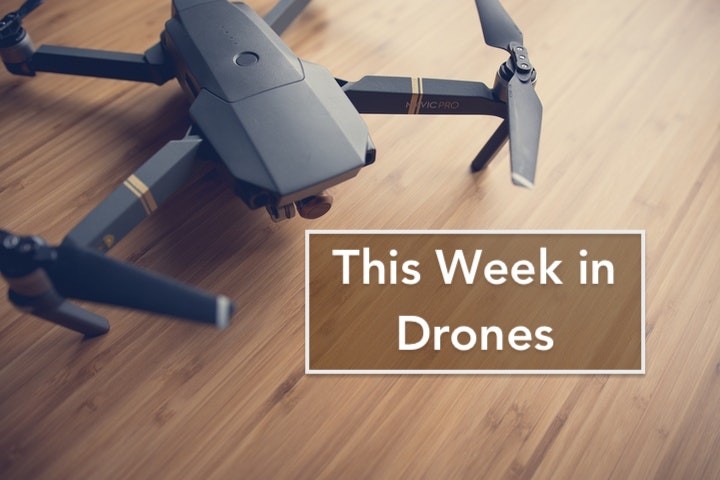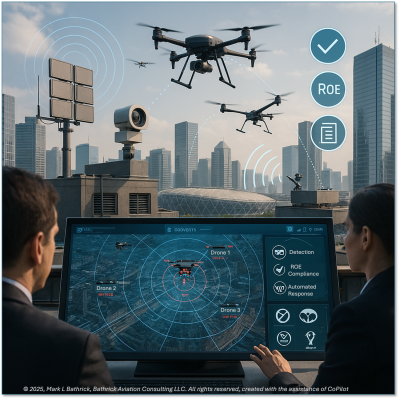Back in October of 2019, Commercial UAV News spoke with Chief Charles Werner, director of DRONERESPONDERS, and Christopher Todd, the executive director of AIRT, about their upcoming DRONERESPONDERS Summit, which was to be co-located at the 5th Annual Commercial UAV Expo Americas. During that interview, the duo talked at length about wanting to come out of the summit with actionable goals and a road map for the following year.
The summit appeared to be a resounding success for the group as new partnerships, programs, and initiatives, like Drones for Good, were announced following on the heels of the event. With so much happening, we connected with them again in January to understand how all of these initiatives were connected. Chief Charles Werner explained:
“This goes back to the DRONERESPONDERS UAS Public Safety Summit we held in conjunction with Commercial UAV Expo Americas. One of the really unique things we did at that summit was boil down what the top pain points were within public safety. The first one was standardized training and certification of equipment. The second was tactical beyond visual line of sight waivers allowing public safety to use drones outside their line of sight in compact areas to get around visual corners like houses during a structure fire. And the third one was getting help reaching out to the general public and making them aware of drones being used by public safety, what the benefits were, and really helping them create an understanding and appreciation of the value of these tools.”
A lot of what the organization has been doing since then has been focused on these three primary goals, and they were making great strides in achieving these missions when their 2020 DRONRESPONDERS/AIRT Public Safety Survey came out in May-June of this year. But by then the pandemic had hit, and they weren’t quite sure what those survey results would show. Would drone programs be decimated in the wake of budgetary cuts? At that time, we spoke with Todd to get his thoughts on what he hoped the survey would tell him about the state of drone programs in Public Safety and Emergency response and how the program could use this data to support the industry.
The final results were far more promising than they anticipated with many agencies reporting a renewal of funding or even expressing intent to buy more drones and expand their programs. Although most agencies are working on shoestring budgets of $10,000 or less, drones were proving to be an essential tool in law enforcement and fire and rescue.
In a recent panel discussion, Todd and Werner, accompanied by Grant Guillot, Guillot, Partner and the Leader of the UAS Practice Team at Adams and Reese LLP, came together to take a look back at the previous months, the results of the survey, and the future of drones in the public safety sector. During the panel we discussed how going virtual at Commercial UAV Expo Americas on September 15th to 17th was going to help propel DRONERESPONDERS and AIRT into 2021 by defining new goals for the community, defining what they need from the drone industry, and bringing their program to the next level.
The panel discussion can be viewed here, and is well worth the 38 minutes to watch.
















Comments